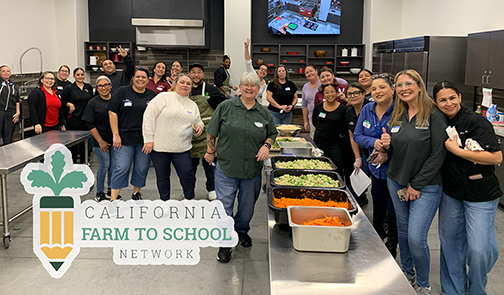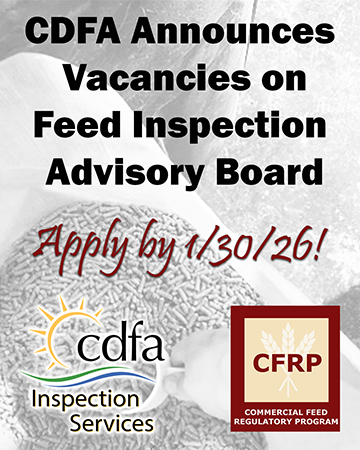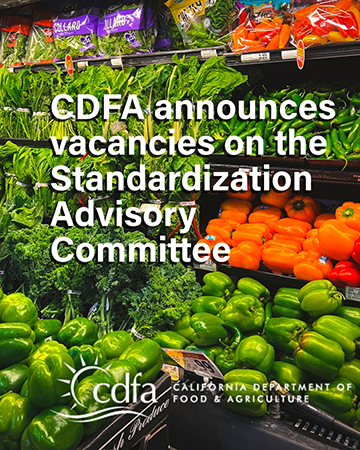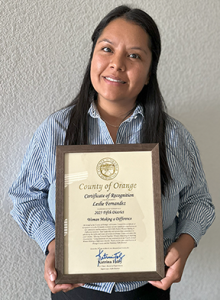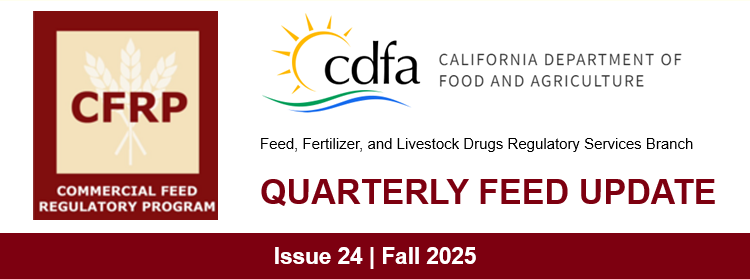NAME: Karen Adler
TIME AT CDFA: 3 years
PROGRAM: Fertilizer Research and Education Program (FREP)
POSITION TITLE: Senior Environmental Scientist Specialist
USUAL DAILY ACTIVITIES ON THE JOB: Much of my time is spent working on our FREP research and outreach grants. I review all pre-proposals and full proposals and help facilitate the evaluation process to determine which will receive funding. For the projects that are approved, I review the annual reports and interpretive summaries that are submitted throughout the year and attend field visits and outreach events that the grantees hold. I also help with planning the annual FREP conference, where the grantees present their work, and assist with administration of the Nitrogen and Irrigation Initiative, which is a partnership FREP has with UC Davis and Cooperative Extension to provide targeted outreach to growers by farm advisors on irrigation and nitrogen management. Finally, I’m often jumping in and out of interesting rabbit holes on different topics like nitrous oxide emissions, the Sustainable Groundwater Management Act, agricultural recharge and other hot topics to understand how these will impact growers, our grant program and the fertilizer industry in general.
HOW DO YOU WORK FOR THE CALIFORNIA FOOD SUPPLY? Both conventional and organic fertilizers are essential for growing the quantity and quality of food required to feed our population and sustain the profitability of California’s agricultural industry. However, it’s also important that crops are fertilized efficiently to reduce excess nutrient loading to the environment, which contributes to water quality issues, increased greenhouse gas emissions, soil degradation and other issues. My work through the FREP Grant Program funds research and outreach to better understand and improve efficiencies in how operations apply fertilizers that support the needs of growers while protecting the environment.
THOUGHTS OF WORKING AT INSPECTION SERVICES? I really enjoy my job, the people I work with and the very collaborative environment of FREP. Since I started, I’ve been impressed by the professionalism and dedication of the staff and appreciate the diversity of outreach and enforcement programs within Inspection Services. I’ve learned so much in the first three years working here and look forward to many more to come.
MEMORABLE MOMENT ON THE JOB? One of the most rewarding and enjoyable tasks in my work is when I have the opportunity to visit a FREP grant field site to see the research or outreach being carried out in real time. This summer I visited conventional and organic nitrogen trials in Soledad, where I observed the graduate student and his assistants taking soil samples and asked questions about the research. After following the project over the last two years through their reports, seeing the field trials and meeting the researchers involved really brought the project to life and gave me a better understanding of the research findings and challenges.
FAVORITE PASTIME? I take any opportunity I can to get out into nature with my family. I love to go hiking, snowboarding, cross-country skiing, camping and when I can swing it, surfing and snorkeling. Also high on my list are summer music festivals, where I can camp out and see music with friends and family.
SOMETHING UNIQUE ABOUT YOU? I traveled quite a bit in my 20s and early 30s, studying and/or working while living abroad for over five years in more than six different countries.
